The story behind the pictures: Gladstone’s Library
With the way knowledge is acquired and produced ever changing, and the role of the librarian evolving, libraries are under increasing pressure to rethink their use of space on campus. In this series of images and blog posts, we will showcase how libraries are transforming their spaces and services to respond to the changing needs of their users.
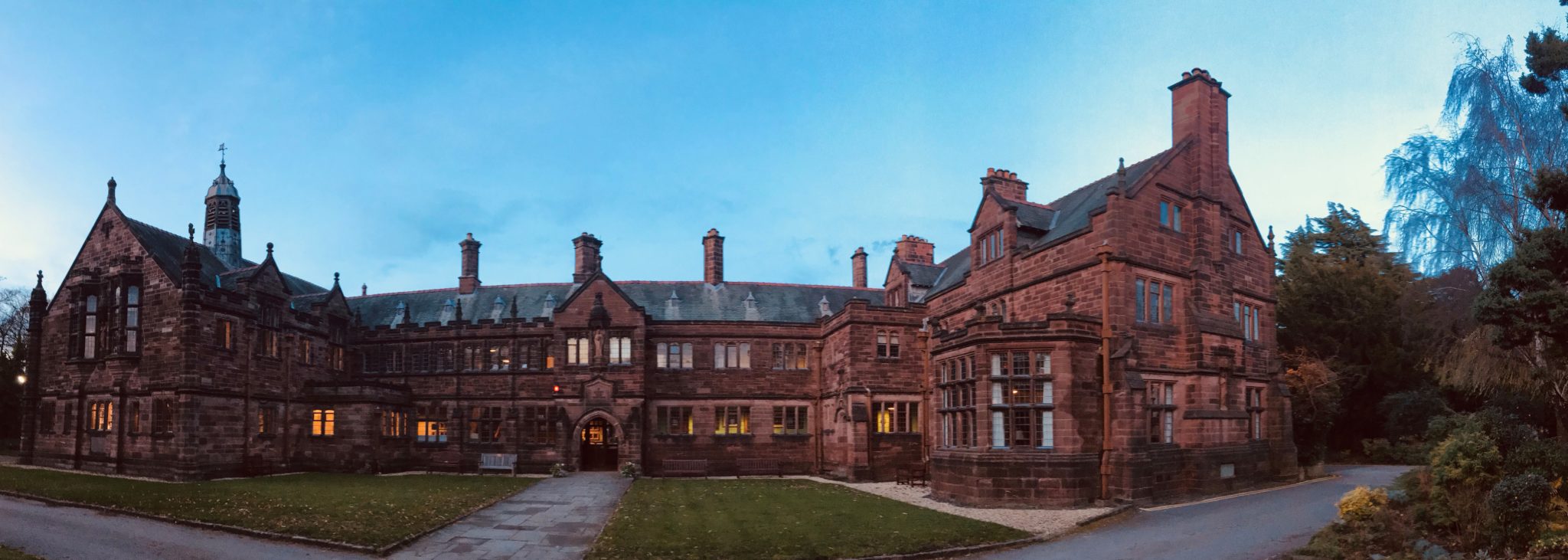
The curiously unique Gladstone Library was built in 1902 after starting life as a corrugated iron structure to house UK prime minister William Ewart Gladstone’s huge collection of books. We caught up with Amy Sumner, Marketing Manager, and Gary Butler, Library Assistant, who kindly shared some background to the library’s historical development and its continuing evolution to offer advice for other libraries redefining and honoring their existing spaces.
What would you say is truly unique and innovative about your library?
“The obvious answer to this question is the fact that we’re a residential library – we don’t know of any others at all, let alone in the UK. We’re also the country’s only prime ministerial library, and slightly pre-date the first US presidential library.
But even above these elements is the feel and the ethos around the place at Gladstone’s. Our guests are a real mix of people from all walks of life – writers, academics, clergy, those just looking to stay somewhere a little bit different…and that means that you never know who you’ll sit next to for lunch! I’ve had some truly fascinating conversations in the corridor on my way to get a cup of tea about everything from anchoresses to graphic novels.
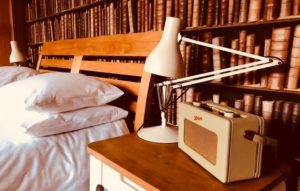
We are also unique as a library in the classification system we use to organize the collection – this takes readers some getting used to. Our system, an alphabetical system, was devised by our founder, William Ewart Gladstone. Beginning with Biblical archaeology (Class-mark A) and ending in art (Class V), it is a system that arranges the different branches of a knowledge in a way that reveals a lot about how Gladstone thought of the world.”
What was the reasoning for creating these unique/innovative spaces and services, what was the need?
“Towards the end of his life, William Gladstone started to think about what he might do with the huge collection of books he had acquired. He wanted a home for them where they would be used and benefited from, away from London and Oxford which he felt were already very well endowed. In founding his library, Gladstone was eager to share his personal collection with others and especially with those wanting to learn but facing financial constraint. His desire, his daughter Mary Drew said, was to ‘bring together books who had no readers with readers who had no books’.
The Library started life as a corrugated iron structure, where today’s car park stands. Gladstone transferred his books from his nearby home of Hawarden Castle to the site and at the same time acquired the old grammar school nearby so that those using the collection could stay onsite. Thus the idea of the residential library was born.
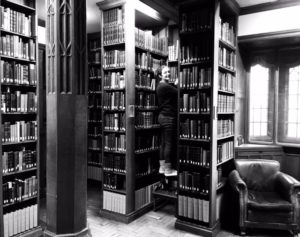
Following his death in 1898, a public appeal was launched for funds to provide a permanent building to house the collection and to replace the temporary structure. The £9,000 raised provided an imposing library building, designed by John Douglas, which was officially opened by Earl Spencer on 14th October 1902 as the National Memorial to W. E. Gladstone. The Gladstone family were themselves to fulfill the founder’s vision by funding the residential wing, which welcomed its first resident on 29th June 1906.”
Have you adapted or changed any of your spaces, services or features over the last few years to meet changing needs and what were they?
“Gladstone’s Library is one of the few Grade I Listed buildings in Wales – a hub of activity that welcomes visitors from across the globe. Its priority is to build and nurture a wide network of writers and thinkers in order to maintain Gladstone’s legacy of engagement with social, moral and spiritual questions, helping people reflect more deeply on issues and ideas that concern them. We want as many people as possible to benefit from the gift that Gladstone left to the people, and we want to protect and preserve the collection for the future.
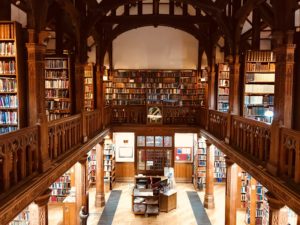
Today the collection has grown to an outstanding resource of approximately 150,000 printed items on a wide range of subjects. We are used by business professionals for meetings and away days; for students studying for exams; for writers working on and researching their next book. Our message and our aim will always remain the same but our outreach continues to widen and will do so into the future.”
Have you noticed any changes in the ways in which people use the library, both in terms of use of space, use of technology, or time spent or use of any other resources?
“The biggest change in library use has undoubtedly been the almost universal use of technology by all our users. When I started in 2013, a regular residential reader who had been using the library for decades would donate a pot of blue ink to the library each year they visited so that they would be able to make notes using a quill pen. Now, it is more unusual for a reader not to bring their own laptop or tablet with them to work on. This widespread use of personal computers has meant that users can access our online catalogue from whatever device they have – this has meant a reduction in use of our catalogue terminals.
The other major change has been in the use of Reading Rooms less for the collections and more for the kind of space they provide. All our readers value that we keep a strictly silent reading room (even the staff whisper to each other). One of the most regular comments we receive is that users struggle to work in the noise of public libraries or university. The silence of the Reading Rooms has driven up our usage numbers so that on the busiest days, we haven’t a desk to spare. However, we would now like to see collections usage rise in the same way as the use of the space.
We estimate that only 5-10% of our print collection is used in a year, but usage data we have also suggests that it is not the same 5-10% of the collection that gets used. We are pleased to say that usage is increasing incrementally each year, but we will work to increase this usage further over the coming years.”
What does your library do to ensure that resources, books and journals are easily discoverable?
“Gladstone’s Library has a great online catalogue that may be accessed from our website freely. We also have a dedicated team of staff working in the Reading Rooms who are on-hand to assist with requests and queries. Special requests may also be arranged in advance by contacting our library team via email.
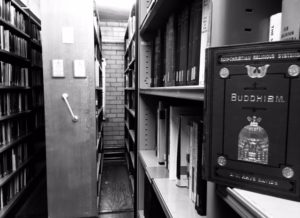
We have produced a short guide to our unique classification system to help people navigate it and find what they are looking for. With our journals, we are fortunate to have the space to display each new arrival of all the titles we subscribe to when they arrive. Back issues of all journals have also been moved in the last few years from an off-site store to our main site, which has meant that it is easier for all users to find the journal titles they are looking for – as well as discover titles they may not have been expecting to find!”
What’s the best piece of technology or data system that your library uses and couldn’t do without?
“I think almost every modern library would agree that an online public access catalogue (OPAC) is something that it is difficult to imagine being without. (We still have our original card catalogue, but on the few occasions I have had to cross-check a card entry in it for an enquiry has shown me the degree of difference an OPAC provides when it comes to information retrieval). It not only allows us to help more of users in getting them the information they need, but it helps us to measure that usage in ways that would otherwise be impossible.
Computerization, whether the ability to create a well-designed poster or track data using a spreadsheet seems so commonplace, but to step back from it and consider what my predecessors in the library worked with is to truly acknowledge the revolution in working they brought. In our corporate archive, we have an almost-complete collection of accessions registers, recording all acquisitions from 1897 to the early 2000s. The labor involved in keeping such records (and in such a neat, handwritten script) is something I am glad I no longer must do!
When it comes to technology, however, one of the best things about working in libraries in being the wielder of the library stamp, as well as adding our own bookplates to new additions! Sometimes the traditional methods are the most satisfying.”
What advice would you give to other libraries looking to redefine their spaces or services?
“We have found that whenever we want to introduce a new service or make changes to our space we need to stagger them out over the course of a year, or perhaps delay a non-essential but desirable change until the following year. Users can only take so much change at once. Communicating this change in as clear a way as possible, and finding the best language to do this in, has also been crucial to the bedding in of any changes we have made. For example, last year saw a change to our reader services and admissions procedure. This change was brought about through the need to make the library GDPR compliant. We were able to use this necessary change as an opportunity to re-design our outdated application forms. The change required some of our regular users to re-register, and so we had a six-month communication period using posters, email, and a set of key phrases to explain to users why the change was necessary. This longer period to allow change to take place was crucial, as well as allowing flexibility in how the change was implemented.
One of the most successful ‘redefinitions’ of the reading room space in the broadest terms has been the addition of brand-new chairs for all the desks. We received a charitable donation towards a practical element of the working of the library, and so we were able to procure some of the best chairs available. This is one of the best changes we have brought in, as the chairs themselves will last for many years to come, as well as support one of the basic functions of the reading rooms – a comfortable space for people to read, work, think, and reflect. As such, thinking back to the fundamentals of what we want to offer our users resulted in us making the best decision we have made in terms of changes to the reading room space.”
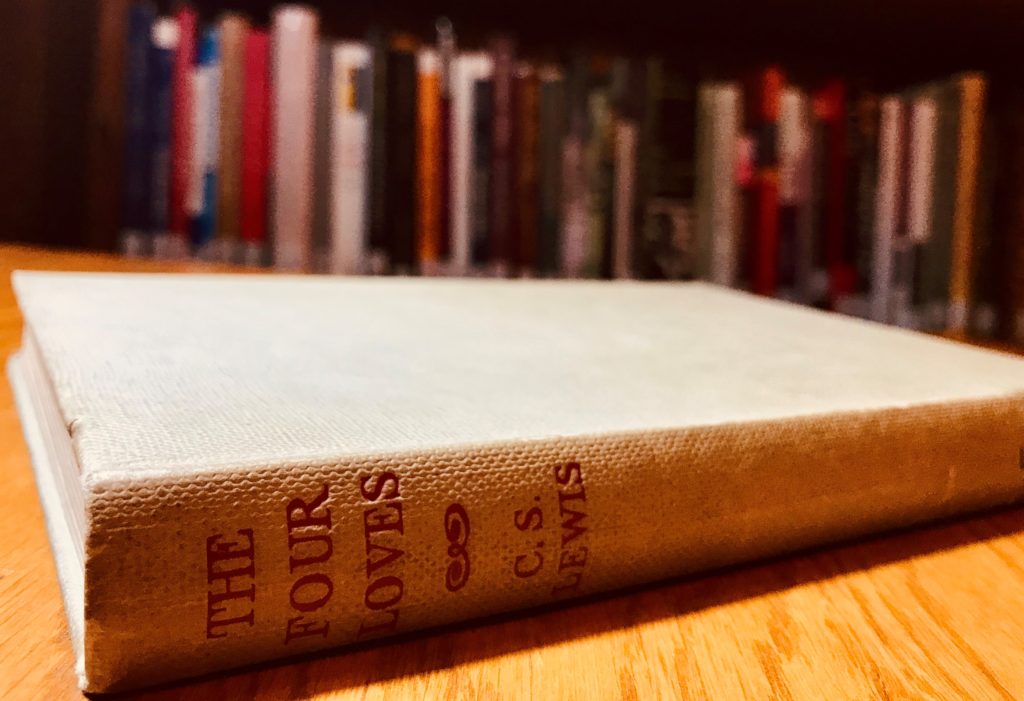
What would your perfect library look like in terms of spaces, services and staff?
“I am very grateful to work in a library that gets me as close to working in a perfect library setting as I think is possible. In terms of space, the reading rooms at Gladstone’s Library remind me every day of the importance of a beautiful space to both well-being, but also to provide encouragement and inspiration. We have seen from the growth in our user figures that people love working in an aesthetically pleasing environment. My perfect library would therefore be one that saw beauty as a functional necessity.
On the other hand, I am aware that the beauty of our reading rooms comes at the expense of accessibility for all. The galleries and some parts of the building are currently difficult, or impossible, for some of our users to manage because of the age of the building, and the grade 1 listing, which limits the changes we can make to improve its accessibility. Any perfect library must be a place that is truly open to anyone who wants to use it without impediment.
Once it would not have been unusual to say that a perfect library space should be a space filled with books, but the need to provide desk space over shelf space is one of the most pressing debates in most contemporary libraries. While a perfect library would have unlimited space for both reader and book, it would also be a space that always had more books than readers – there is a particular thrill in being surrounded by volumes in their thousands that is part of what I find so inspiring about libraries as working spaces.
In terms of the services my perfect library would provide, it would strive to be as helpful as it can be to meet the different sort of information and knowledge needs that different people have when they come to a library. It should be a place that can help a scholar find a reference in a rarely-spoken language to helping someone with limited confidence in their computer skills navigate an unfamiliar website. All are valuable and essential services that libraries can provide. More than this, the perfect library should be able to be a repository for books and ideas whose time may have passed, or whose time has yet to come – in other words, a library without pressures on what it can and cannot keep on its shelves.
Many of the people I work with embody the qualities I would imagine being part of a perfect library, whether it is helpfulness, kindness, willingness to learn new things, passion for knowledge, and most importantly, good humor and not taking things too seriously.”
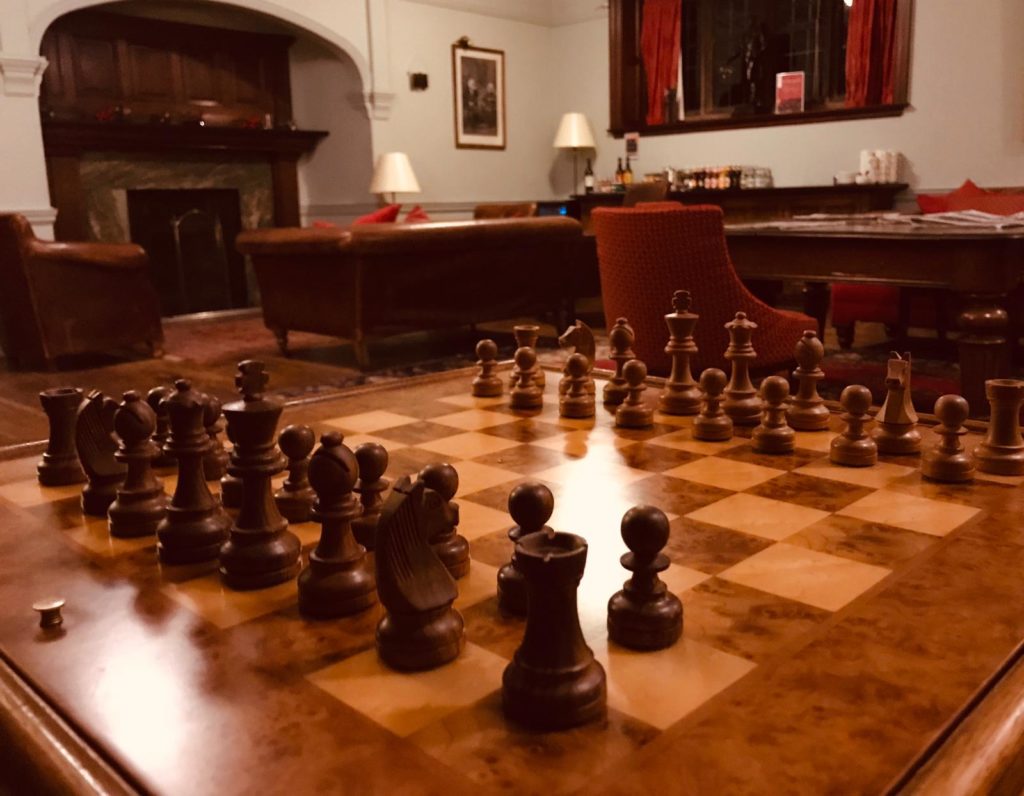
Photography by Erica Abi-Karam